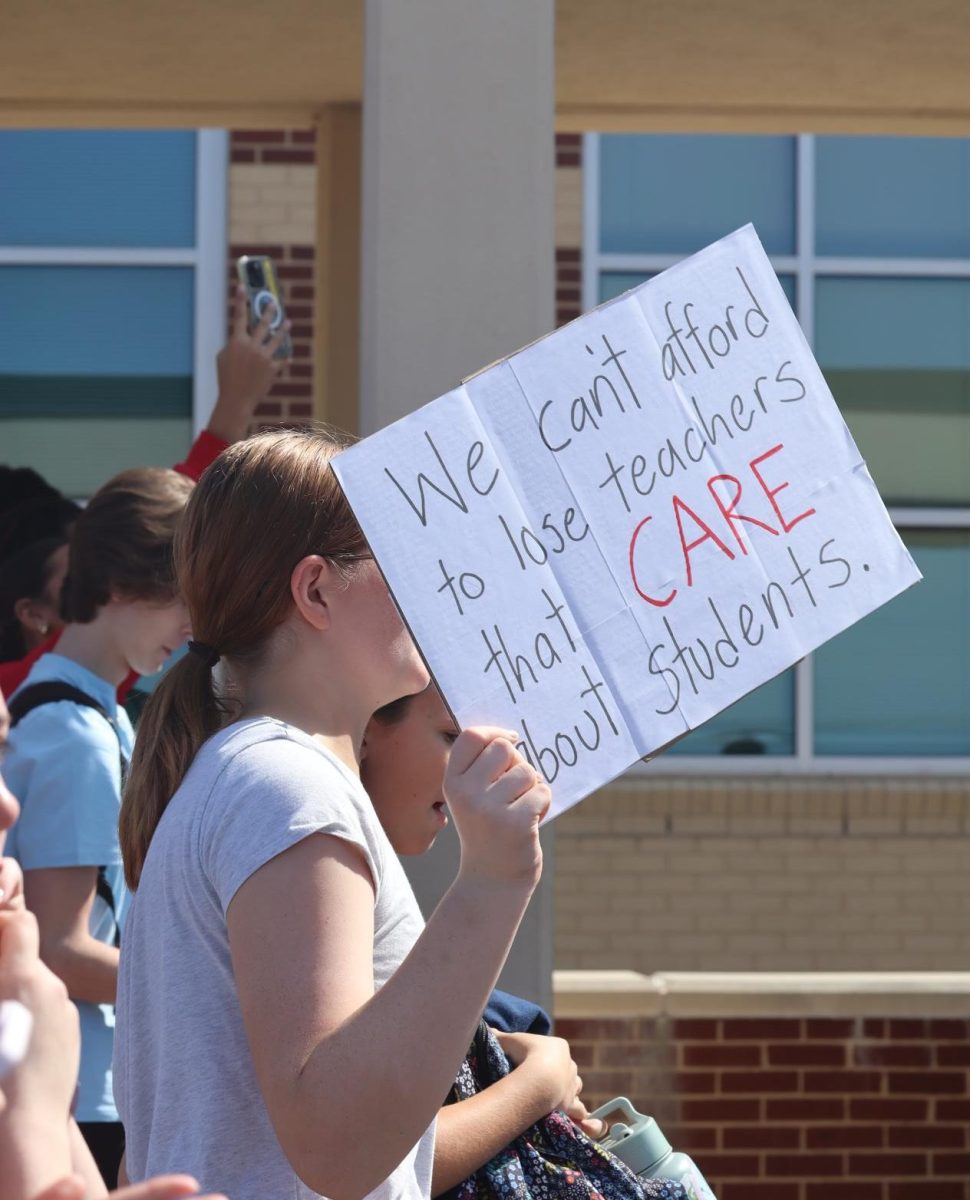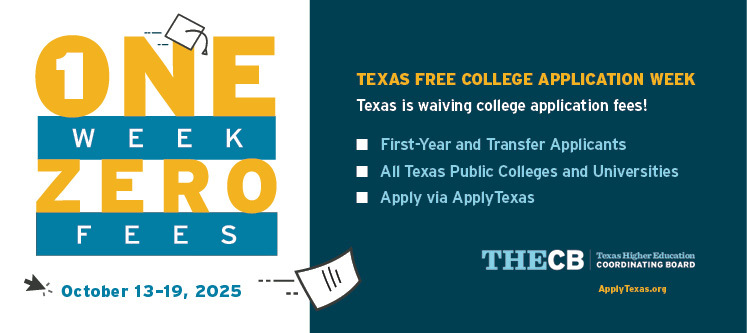At the beginning of the school year, multiple departments and programs in the school were left with a reduced amount of funding in their budget to support them throughout the year. Many districts in Texas are experiencing decreases in enrollment and attendance which affects how much money is received from the state, as well as inflation of goods and services.
“The growth of the prices of goods and services combined with the decline in district enrollment has created a scenario where we have less money that has to be used for more,” assistant principal John Mark Edwards said. “This causes the need to reduce the budget at the district level which reduces the budget at the campus level.”
With a reduction of funds, teachers and staff are experiencing difficulty in acquiring the necessary materials and supplies for their students like pencils, binders and paper.
“Part of our job is to make sure that the music we’re providing, an opportunity for our kids to experience, is a wide variety of music whether it’s from different time periods or different styles,” choir director Wendi Burwinkel said. “That means we constantly have to be adding repertory to the library to keep up with the new things that are coming out, or sometimes old things that are now being republished in modern manuscript and available now for us. So there’s a lot of work we have to do to make sure we are providing a well-rounded education to our kids and that always requires money to make sure we can purchase that.”
The funds also cover basic office supplies staff and students may need to use in the library.
“If we don’t have budget money, then we can’t purchase stuff,” librarian Laura Falli said. “When kids come in here and need to print something, we might be out of ink. Because we can get paper from the front office, but we buy the ink for the printers and without money to do that, that’s almost $1000 to just refill that.”
During post-covid, school programs received enough funding to cover roughly at least half of their expenses.
“Budget cuts have made it so that we are out of money by September 1,” Burwinkel said. “We survive off completely whatever our fundraisers make. Everything we get to do, or don’t do in the program is based off whatever money comes in off fundraising, donations, and sponsors. It’s a lot of work for the kids, it’s a lot of work for us as their directors, for our boosters, and the parents to try and figure out how to get the money we need”
Staff rely on their budget to have many resources available for the students to access.
“We’re the busiest district high school library and one of the reasons we think that is the case is because we have so much programming and activity going on,” Falli said. “We want all the students in the library, and our concern is that if they’re not coming to the library, then where are they going? We want to have a lot of stuff for our kids to do.”
In order to provide for their departments, organizations are starting fundraisers, accepting donations or hosting auctions and events.
“The best way that the community and parents could help us is to be advocates at the district level and at the state level for funding for education,” Burwinkel said. “And making sure that there is equity and equality and funding for all programs as much as possible to try and give them as much support financially as we could possibly give them.”









